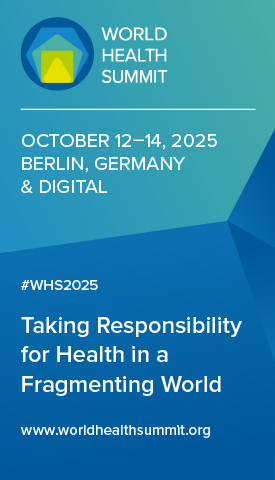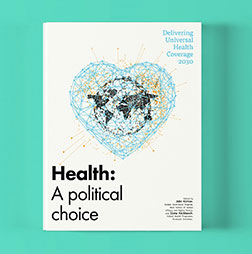The fight to feed millions: The G7 must act now
When the leaders of the G7 gather for the 2025 Kananaskis Summit in Alberta, Canada, there will be several new faces around the table. Five of the seven leaders in attendance have taken office since the last summit was held a year ago, in Italy – a reminder of how rapidly our world is changing.
What has not changed, however, are the alarming levels of hunger and malnutrition that we are seeing across the globe. Food insecurity is surging in many regions, stoked by the rising number of conflicts, natural disasters and economic turmoil that are threatening the lives and livelihoods of millions.
Chronic hunger is the daily reality for up to 757 million people – they do not know when, or if, they will eat again. Recent analysis conducted by my organisation, the World Food Programme, has found that 343 million people are facing severe hunger: they are at serious risk of dying from starvation or other hunger-related causes, such as common illnesses their malnourished bodies cannot fight.
Yet while urgent humanitarian needs continue to grow, the resources available to meet them are falling behind. Governments everywhere are refocusing budgets on domestic priorities and reducing spending on overseas aid.
Adapting to meet the challenges ahead
At WFP, we are responding to this new environment by rigorously prioritising our activities to ensure we deliver on our critical mandate. We are working hard to reduce our cost base, further boost our operational efficiency and effectiveness, and find new ways to stretch every donor contribution to feed as many people as possible. We also have ambitious plans to further expand and scale up our collaborations with the private sector, so we can partner together to deliver lasting impact.
But these measures on their own will not be enough to bridge the gap between humanitarian needs and resources. We still need the leading industrialised countries to play their part in funding and delivering a global aid system capable of providing effective and targeted emergency food assistance to those who need it most. Just as importantly, we need all governments and private sector partners to step up and contribute in whatever way they can.
This is an urgent imperative. WFP’s frontline teams have already been forced to cut millions of vulnerable people from our food distribution lists. Millions more will lose their food assistance in the weeks and months ahead unless our operations receive sufficient and predictable financial support.
I recently spent time in Uganda, where WFP works with the government to provide essential assistance to 1.6 million refugees – most of them women and children. The Ugandan government has long been recognised for its policy of welcoming refugees, and it is home to more displaced people than any other African country.
Some fled the simmering conflicts in the Democratic Republic of the Congo and South Sudan; newer arrivals have escaped the vicious civil war that has torn Sudan apart. All urgently need help. Uganda is doing its best to care for these desperately vulnerable families, but it is struggling to cope.
Maintaining a vital lifeline
WFP’s food assistance programmes help to provide vital support and stability in this volatile region of Africa, where multiple armed conflicts are spilling across borders, displacing millions and sending rates of hunger skyrocketing. A significant funding shortfall means these programmes are now at risk.
This is just one example. Before the end of the year, WFP will be forced to scale back lifesaving food assistance in hunger hotspots around the world – from Chad and Haiti to Sudan and Syria – unless we can raise additional funds. Millions face having their only lifeline taken away. We must not allow this to happen.
Our world may be changing fast, but old challenges still endure. When the G7 leaders convene in Alberta, it is vital that they prioritise programmes to combat hunger as part of an effective strategy to enhance global peace, security and prosperity.












